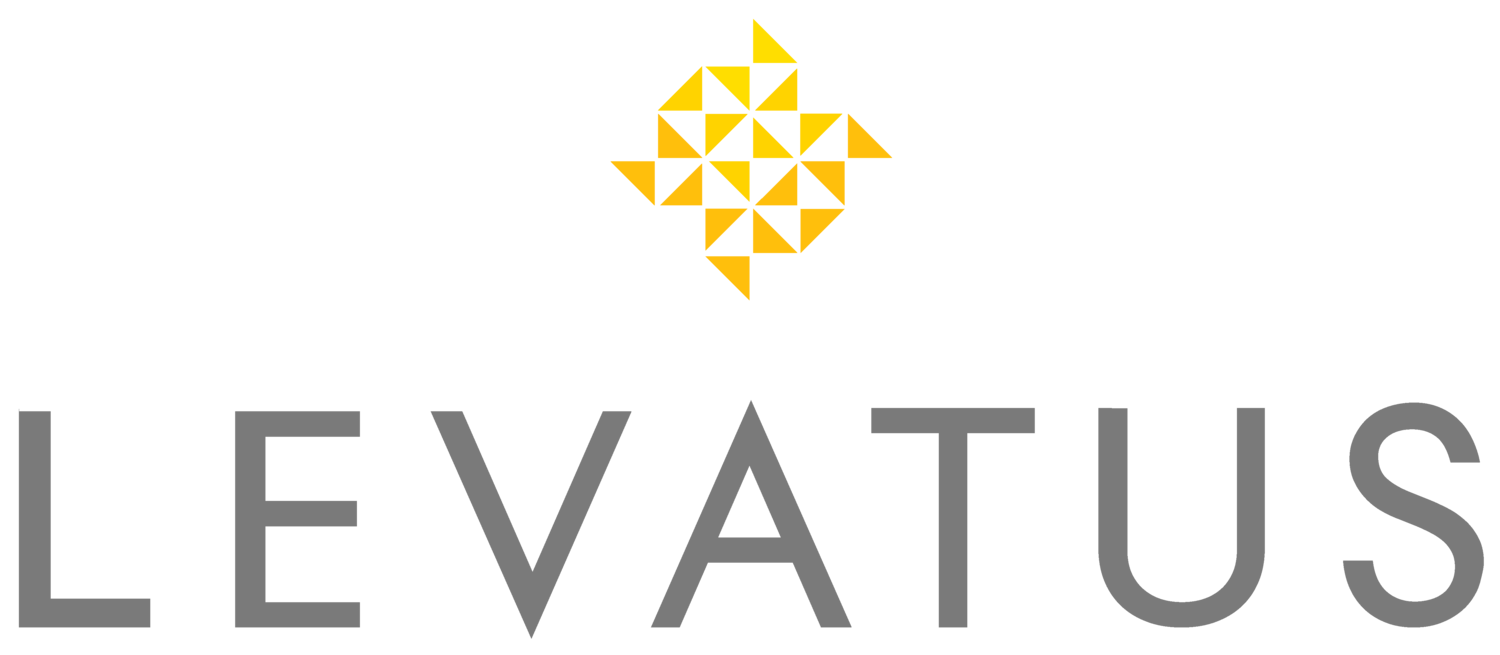LEVATUS Q + A | ROTH Conversion: A Silver-Lining to Market Volatility
Converting your Traditional IRA to a ROTH is a way of leveraging market volatility to enhance long-term, tax-free growth.
Photo by Arthur Franklin
During stock market pullbacks, it’s normal for investors to feel uneasy and uncertain about what comes next. The volatility we saw in April 2025—and the anticipated rockiness throughout the rest of the year—has only heightened those concerns. But even in turbulent markets, there are smart, strategic moves you can make. One of these opportunities is a ROTH Conversion.
Q: What is a ROTH Conversion?
A Roth conversion involves moving money from a pre-tax retirement account, such as a Traditional IRA, into an after-tax retirement account (Roth IRA). The account holder pays income taxes on the amount converted in the year of conversion, but once inside the Roth, that money grows tax-free, and future withdrawals in retirement are also tax-free.
Q: Why should I do a ROTH Conversion in a down market?
A down market is an ideal time to convert pre-tax retirement assets to a ROTH because you're essentially converting assets at a discount. When portfolio values fall, you can convert more shares for the same tax cost and then any future gains will accumulate inside the Roth, sheltered from taxes.
Q: What are the benefits of a ROTH IRA anyway?
Roth IRAs are an amazing tool to have in your retirement planning tool kit for many reasons and offer several long-term advantages:
Tax-Free Growth & Withdrawals: All qualified withdrawals are 100% tax-free, including growth on your investments.
No Required Minimum Distributions (RMDs): Unlike Traditional IRAs, Roth IRAs do not require withdrawals starting at age 73, allowing assets to grow untouched for as long as you like.
Estate Planning Benefits: Roth IRAs can be passed to heirs income-tax-free, offering a powerful legacy tool.
Greater Flexibility in Retirement: Because Roth withdrawals don’t count as income, they won’t affect things like Medicare premiums or Social Security taxation.
Diversification of Tax Buckets: Having both taxable and tax-free sources of retirement income provides flexibility if tax laws or your personal situation shifts.
Q: Are there any drawbacks to a ROTH Conversion?
Since traditional IRAs and 401(k)s are funded with pre-tax dollars, the amount of the conversion is added to your taxable income in the tax year the conversion takes place. No one enjoys seeing an increase to their tax bill in a given year, even knowing there will be great benefits down the road.
Ensuring that you have the cash on hand to pay the income taxes related to the conversion is important. Please note that it is not advisable to to use the converted funds to pay the taxes—doing so may result in penalties and lower your future tax-free growth.
Also, as Roth conversions increase your taxable income for the year, this can impact calculations for Medicare premiums, Social Security taxation, and overall tax brackets. Before moving forward with your conversion, it is critical to model the right amount and timing for your individual situation.
Your tax professional and financial advisor can help you determine the optimal amount to convert as you can convert and avoid any pitfalls. Your tax professional and financial advisor need to be involved.
Q: How do I know if a ROTH Conversion makes sense for me?
Start off by checking in with your financial advisor and tax professional to run scenario analyses for your specific situation. For example, those with longer time frames to retirement reap greater benefits with ROTH accounts as they have more time for the assets to grow tax-free. As you get closer to retirement, the benefits of conversion may decrease. It is important to get individualized advice as everyone’s situation differs from year to year. You need to understand the tax implications.
Q: How do I actually do the conversion?
Confirm that you have an open ROTH IRA, if not, open one at your brokerage firm. Once you have made sure it's ready to receive the transferred funds, initiate the conversion. This can be done by contacting the firm where you hold the account and asking for a Roth IRA conversion form or process it online. You can transfer in-kind (keeping the same investments) or convert to cash first. The process typically takes a few business days.
At the beginning of the following year, expect to receive Form 1099-R (reporting the distribution) and Form 5498 (reporting the Roth contribution) to report the conversion on your Form 1040 when you file.
Q: What is the Bottom Line?
Market volatility is never fun—but it can be fertile ground for smart, strategic moves. Converting to a Roth IRA when the market is down allows you pay tax on a lower market value today in order to build a more flexible, tax-efficient retirement future.
investment, Tax, estate
Distilling complex topics down to their essence is a hallmark of the LEVATUS approach.
ABOUT THE AUTHOR
Jessica Grande is a senior client advisor at LEVATUS with over 15 years of experience in the financial services industry. Her professional background includes high net worth advisory, investment research and wealth planning. Jessica writes articles with her clients’ needs in mind. She has a particular focus on aligning client values with long-term strategy and planning items in order to achieve financial control. As a co-founder of LEVATUS and female financial advisor, Jessica is happy to be able to focus on what really matters to clients, whether it entails discussing how wealth can impact children, creating financial empowerment for retirement, or joining a community of like-minded individuals.












In early April global equity markets experienced a ‘growth scare’ brought on by tariffs. This spiked uncertainty about consumer spending, corporate investment risk, employment, and the impact of tariffs on corporate margins and earnings. Global markets sold off sharply. The swift and significant rebound since this early April swoon has been driven by an equally nuanced set of factors.